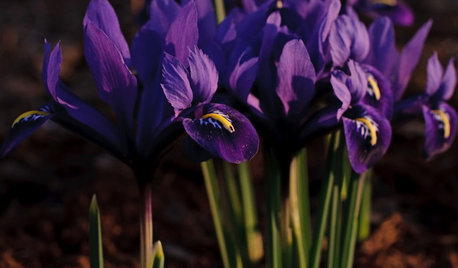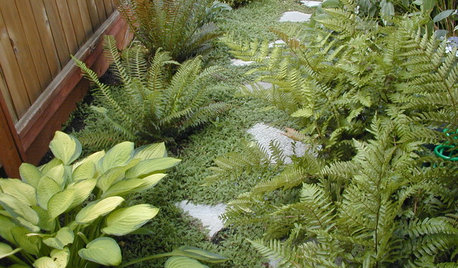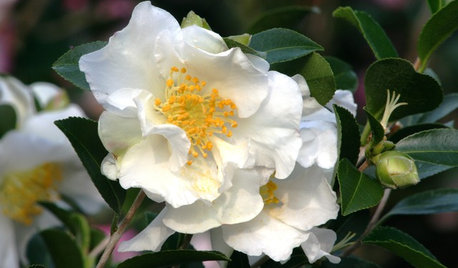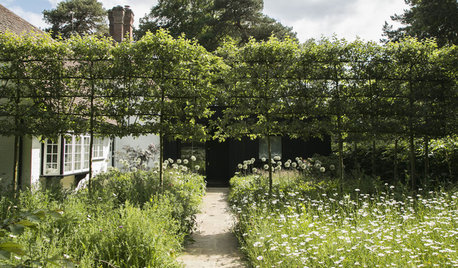pruning helleborus corsicum,,
scarleta
17 years ago
Related Stories

GARDENING GUIDESGreat Lakes Gardener's March Checklist
Spy emerging bulb blooms, raise an eye to the sky and cut back old foliage to prepare for bigger and better things to come
Full Story
LANDSCAPE DESIGN6 Great Ways With Garden Ground Covers
Use them as problem solvers, weed killers, color and texture providers ... ground cover plants have both practical and visual appeal
Full Story
WINTER GARDENING6 Flowers for Gorgeous Winter Garden Color
Blooming beauties can be yours from January through March — just take your pick from these bulbs, shrubs and even a tree
Full Story
GARDENING AND LANDSCAPINGCrab Apple Trees Set Off a Stylish English Courtyard
A structure of pleached crab apple trees, bordered by a wildflower meadow, links a minimalist addition to an old house in Buckinghamshire
Full Story








aftermidnight Zone7b B.C. Canada
scarletaOriginal Author
Related Professionals
Ballwin Landscape Architects & Landscape Designers · Gainesville Landscape Contractors · Goodyear Landscape Contractors · Braintree Landscape Contractors · Camp Verde Landscape Contractors · Fairhope Landscape Contractors · Los Banos Landscape Contractors · Nashua Landscape Contractors · Peoria Landscape Contractors · Rockland Landscape Contractors · Rockville Landscape Contractors · University City Landscape Contractors · Norridge Landscape Contractors · Lansing Fence Contractors · Voorhees Fence Contractorsgardengal48 (PNW Z8/9)
silver_creek
scarletaOriginal Author
ottens_charter_net
Karchita
gardengal48 (PNW Z8/9)
Karchita
gardengal48 (PNW Z8/9)
Karchita
Embothrium
gardengal48 (PNW Z8/9)
bahia
Embothrium
brody
Karchita
oldmaples
gardengal48 (PNW Z8/9)
Embothrium
oldmaples